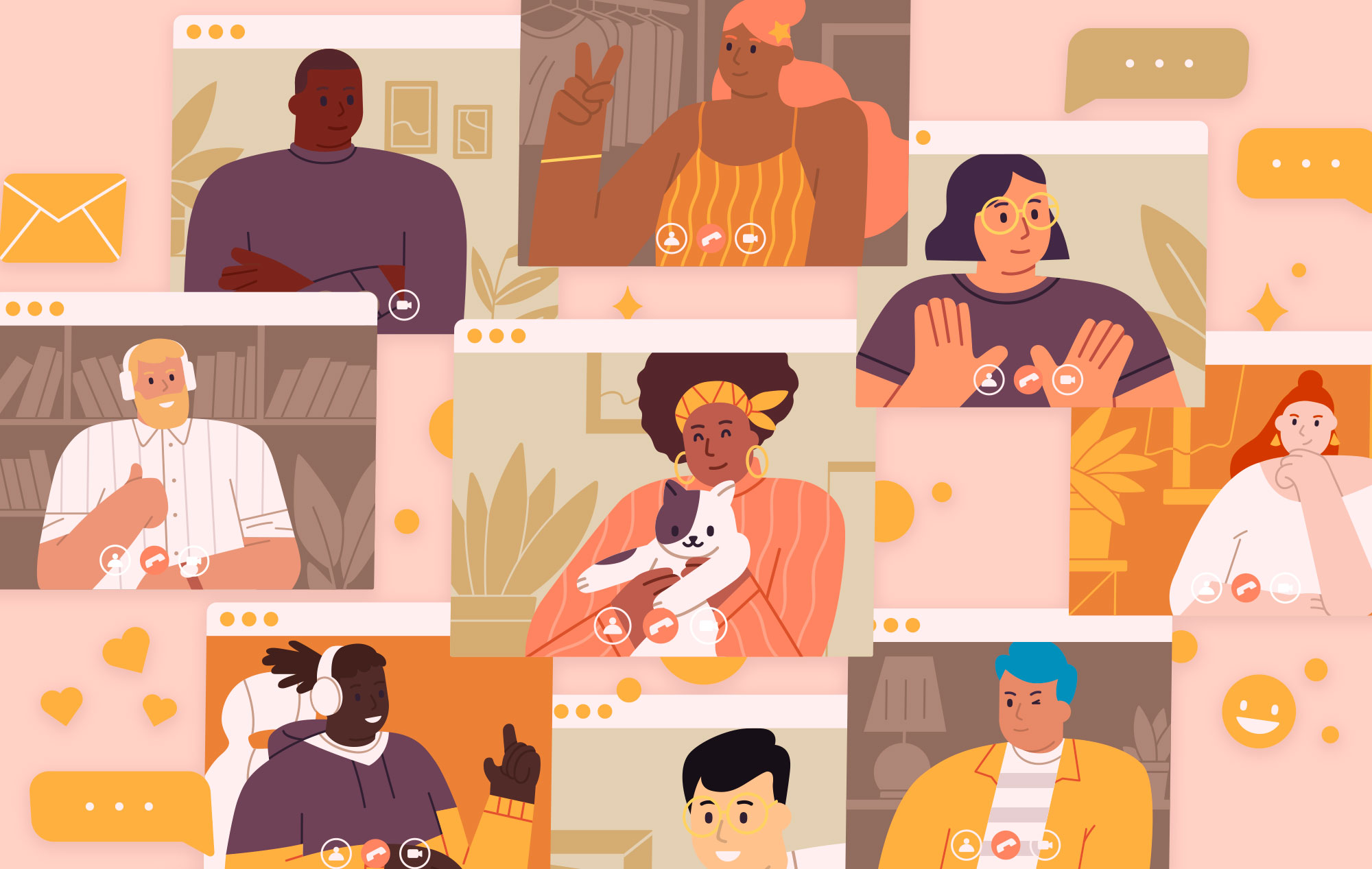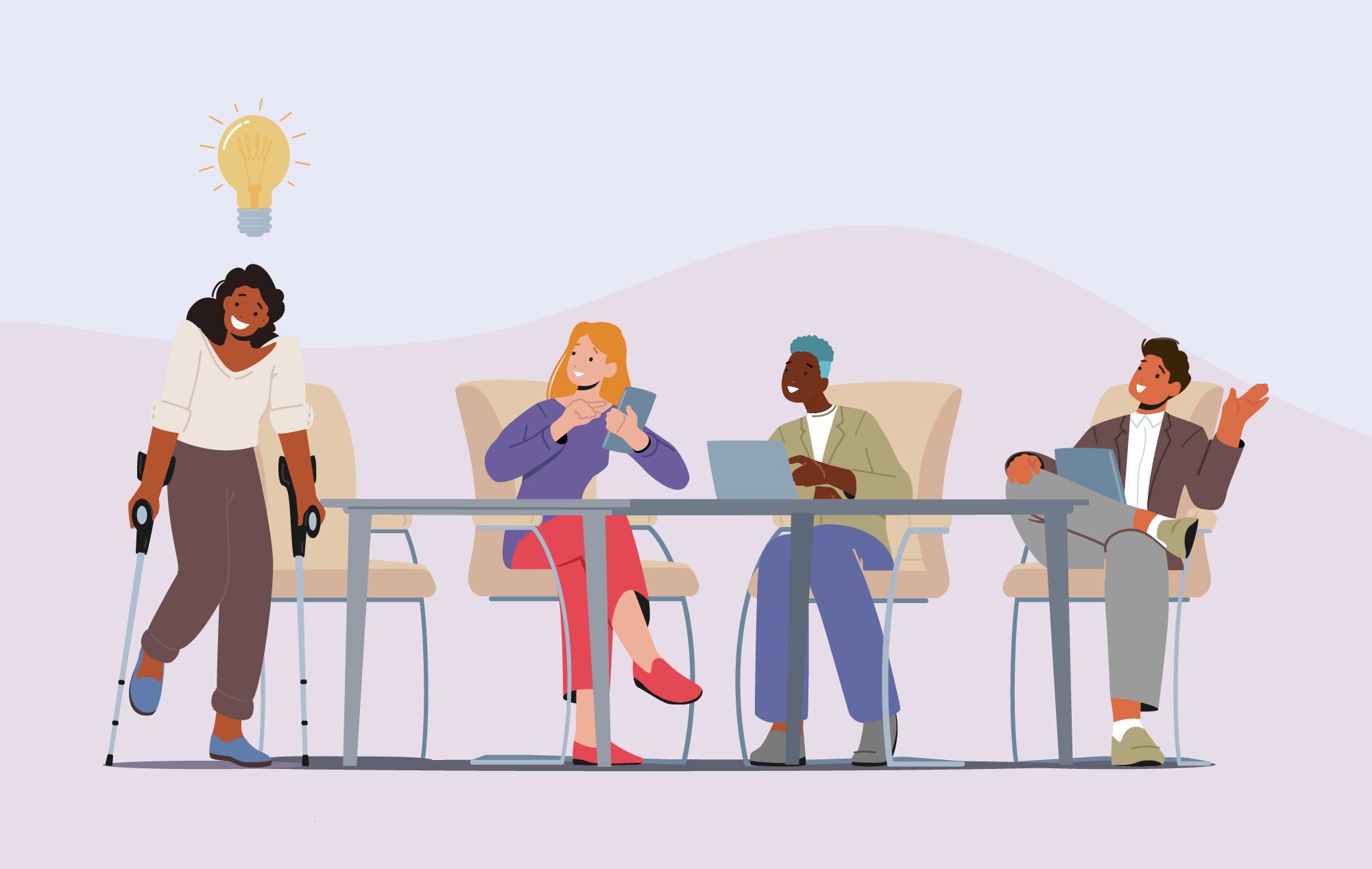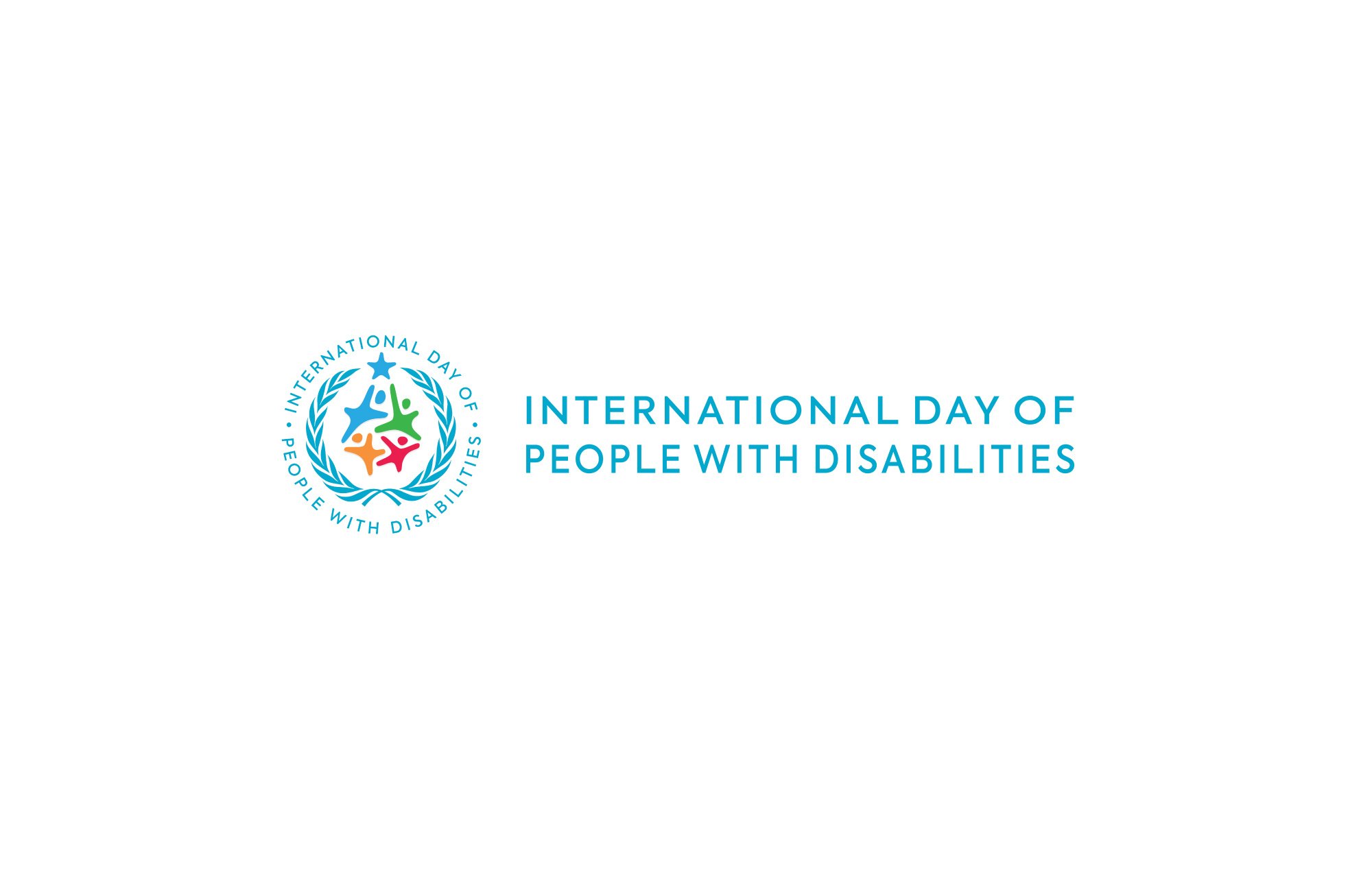Once considered novel innovations, digital platforms have quickly become a basic necessity for individuals and organizations alike.Some of the most critical advancements have occurred in voice activation and interaction technology, a common feature in smartphones and modern speakers, such as Amazon Echo or Google Home. While these can provide the convenience of hands-free use, those with speech and language disorders often face hurdles in communicating with technology ostensibly made to improve everyone’s lives.
Additionally, those with speech and cognition problems face several barriers that prevent them from fully accessing or interacting with digital platforms, and developing usability strategies to help mitigate these issues can go a long way toward increasing accessibility for these communities.
Consider these key questions when exploring whether your website is accessible to everyone, especially people with speech and language disorders:
- Are you providing your customers with various text-based communication tools?
- Have you become overly reliant on voice-based services?
- Is your content clear and concise and are video and audio captions accurate?
- Is your site generally easy to navigate?
Of course, ensuring your digital platforms are accessible to people with speech and language disorders must go beyond addressing these key questions.
According to the World Wide Web Consortium (WC3), the chief international standards organization for the web and an advocate for better accessibility: “People with speech disabilities encounter barriers with voice-based services, such as automated web-based hotlines and web applications that are operated using voice commands.
“To use services that rely on voice, people with speech disabilities need alternative modes of interaction such as a text-based chat to interact with hotline representatives and keyboard commands to operate web applications. Also, websites that provide telephone numbers as the only means of communicating with an organization pose barriers for people with speech disabilities. Alternative means of communication include email and feedback forms.”
This comprehensive guide is designed to help you understand the fundamentals of inclusion for those with speech and language disorders, and develop digital features and strategies to increase usability and accessibility.
Recognizing the Circumstances & Needs of People With Speech & Language Disorders
Speech and language disorders are generally characterized by the inability to verbally articulate words correctly or fluently. This encompasses a wide variety of conditions, both medical and psychological, which can make verbal communication more difficult or even impossible.
Speech and language disorders affect approximately 5 to 10 percent of people in the United States, with roughly 5 percent of children exhibiting noticeable signs of speech disorders by the first grade, according to the American Speech-Language-Hearing Association (ASHA), a national professional, scientific, and credentialing association with more than 218,000 members.
There are various types of speech and language disorders. Here are some of the most common:
- Apraxia is a motor speech condition in which a person has difficulty using muscles for speech production.
- Articulation disorders make it difficult for people to physically produce speech sounds, which result in people skipping, replacing or otherwise altering their speech.
- Dysarthria is a motor speech disability that produces slurred or slow speech as a result of neurological damage caused by a brain injury, stroke, or a neurodegenerative disease.
- Phonological disorders are conditions which make distinguishing and executing speech more difficult.
- Stuttering is a speech impediment impacting a person’s ability to speak fluently, resulting in words or sounds being involuntarily repeated, extended, or blocked.
- Cluttering affects the fluency of speech, resulting in rapid speech that may have an inconsistent rhythm, lack syntax or grammar, or slurred words.
- Muteness/Mutism is when a person is unable or unwilling to verbally communicate words or sounds.
There are many potential causes and contributing factors relating to the development of speech difficulty, ranging from medical, genetic, psychological, and environmental.
Stuttering, for example, impacts an estimated 3 million Americans. It can most commonly occur in young children who are still developing language skills, and is about three to four times more prevalent in males than females. While most people recover from stuttering, the disorder can have lifelong implications for an estimated 25 percent of Americans.
John Moore, 51, a marketing strategist and keynote speaker for Brand Autopsy, a marketing strategy consultancy firm, knows how difficult stuttering can be, having experienced it nearly his entire life.
“You start to see people perceive you in a certain way based solely upon how you talk, it has an impact on you. It has an impact on the things that you choose to do and choose not to do,” he tells InclusionHub. “It has an impact on you finding career success, finding love, finding any type of rhythm in your life just because you live a very disfluent life in how you speak.
“It comes down to being stigmatized,” he continues. “People with speech difficulty get stigmatized for being less intelligent, less educated and less capable. Those false assumptions of people who stutter can lead to prejudice and discrimination, based solely on this one characteristic.”
Because of this stigma, those with speech and language disorders will often opt to communicate through text-based messaging, where they can better articulate their thoughts and feelings. Yet it’s not uncommon for many sites to only provide verbal means of communication, making it difficult, if not impossible, for someone with a disability from engaging with your company.
What Digital Features Are Barriers to Inclusion & Usability?
While advancements in technology have opened new ways for people with speech impairments to communicate, inaccessible software and programs continue to create barriers for people with disabilities. Such obstacles are prevalent in voice-based software, voice recognition programs, automated chat boxes and helplines, hands-free programs and web applications that require voice commands.
“A digital divide exists for people with disfluent speech,” explains Moore. “Digital features have so many beautiful things about them, but still when there are aspects that require you to talk, that’s where the challenges come into play that might prevent me from fully participating.”
Features that depend solely on voice input can be inherently more difficult to navigate. Providing alternative means of communication can therefore make a huge difference in engagement and accessibility.
For example, companies and websites which utilize telephone communication as the only means of directly interacting with consumers impose unfair barriers to those who have difficulty expressing themselves verbally.
The best way to help mitigate these obstacles is to provide alternative interaction and engagement options.
How to Implement Inclusive Design Elements
“There’s a beauty to what is available via digital [platforms], but the tyranny is it’s still difficult to collaborate when talking to people,” says Moore. “For video conferencing and phone conference calls, trying to communicate and interject can be difficult for a person who stutters.”
Text-Based Communication
A site should utilize channels for engagement beyond those reliant on voice input. Typically, those with speech and language disorders feel more comfortable with text-based services and applications, such as chat, email and feedback forms.
“The good thing about using digital spaces is you get to collaborate through typing,” explains Moore. “Think about working with a project team using Slack to coordinate, to get your ideas out there, to be able to interject and clearly articulate what your ideas are. Communicating through email, through texting, through messaging, for people with disfluent speech is very useful.”
Augmentative & Alternative Communication
When verbal communication is required, those with severe speech disorders can turn to Augmentative and Alternative Communication (AAC) methods. AAC “compensates for impairments in speech-language production and/or comprehension, including spoken and written modes of communication,” according to the American Speech-Language-Hearing Association (ASHA).
One example is a Speech to Speech Relay Service, enabling people to make telephone calls using their own voice, or an assistive voice device. These services use Communication Assistants to translate and relay messages.
Improving Voice Recognition
Speech recognition software enables phones, computers, tablets, and other devices to recognize and analyze spoken words, often using language as input to trigger a specific action. People with speech impairments can have difficulty using this technology, however, and while voice recognition software is constantly improving, it can still present barriers for those who can’t express themselves verbally, particularly if such interaction is the primary source of engagement.
“If there’s anything that involves talk-to-text or speech recognition, that’s where improvements can be made for people with disfluent speech,” says Moore.
“Speech recognition can be very difficult and I know technology is improving, and it’s awesome in so many ways, but in the meantime for people with very strong disfluency, it can be hard,” he adds.
Utilizing Multiple Channels for Engagement
Sure, it’s great that your site boasts modern features that may improve the experience for a lot of people. Unfortunately, such advancements aren’t always accessible to people with disabilities. When designing your site, ensure you don’t use only voice-based channels, because it could leave those with speech difficulties feeling left out of the conversation. Instead, always provide text-based solutions.
Word Prediction Software
For people who feel more comfortable communicating through text, word prediction software is useful for anticipating what a person is trying to type and reducing the number of keystrokes required.
Additional Web Design Considerations
When building your digital infrastructure with disabled people in mind, make sure automated phone systems and verbal communication programs provide enough time for people to respond to prompts.
It’s also important that users have a variety of options when connecting with customer service. For instance, you should provide text-based chat, email, or contact forms.
Additionally, avoid automated captions, subtitles and transcripts at all costs, since they’re considered unreliable and often generate errors and even incoherent sentences. The only way to ensure accurate captions is to produce the content yourself or thoroughly edit anything generated automatically.
Guidelines & Standard Practices for Website Accessibility
Regardless of your web accessibility design experience, the Web Content Accessibility Guidelines (WCAG) is an invaluable tool for building an inclusive digital environment.
According to WCAG, all websites should:
- Contain alternative text for all non-text elements, such as images.
- Provide access to all functions from a keyboard.
- Provide readable and understandable text content.
- Make sure site pages can be navigated in a predictable, consistent way.
- Ensure users have the chance to correct any errors.
- Give users enough time to read text content.
- Make all video and multimedia elements accessible.
- Minimize the use of tables.
While there aren’t many guidelines that specifically address accessibility for people with speech and language disorders, the Web Accessibility Initiative (WAI)—committed to increasing web accessibility for all those with disabilities via standards and support materials for companies—is currently considering introducing a new rule which would ensure audio element content has a text alternative option.
Why It’s Important for Organizations to Promote Digital Inclusion
In short, it just makes sense. Making sure everyone can view and interact with your website and content is vital to an organization’s success. If a customer’s experience is met with obstructions and limitations, it can severely impact how people view your product, services, or the organization as a whole.
Those with speech and language disorders are well-accustomed to frustrating experiences, both in public and on the internet. Utilizing voice recognition and voice input technology, especially if a company relies on it as its sole means of contact, can be an unnecessary barrier for those who are unable or unwilling to speak clearly or articulately.
“Digital avenues open up a lot of opportunities,” says Moore, the keynote speaker for Brand Autopsy. “People who have speech difficulties or disfluent speech have qualities that companies and organizations need to tap into.”
When designing or maintaining your site, considering the technical aspects of inclusivity is important—but the human components even more so. Incorporating modern accessibility standards and usability enhancements, while considering the real needs of those with speech difficulty or disfluency, will help ensure that your site is functionally inclusive and usable for these communities.
Considering accessibility for everyone is always worth the effort. Remember that inclusivity will not only enable anyone to access your website content, but also provide a much better baseline experience for your entire audience.
The Takeaway
As we’ve documented, people with speech and language disorders face various digital obstacles. We can all make their lives easier, however, by implementing many of the solutions outlined above—many of which are not difficult to execute.
Even as we modernize our sites with the latest advancements in technologies—including voice-based communications such as phone and video calls—we need to remain proactive in ensuring everyone can access these tools. Simple steps, such as using email, contact forms, and live text chat as alternative contact methods, are highly effective at increasing usability within this community.
“Digital inclusion for everybody is important,” stresses Moore. “It’s something that helps to give a voice to more people and make [organizations] aware of the opportunity digital [platforms] present.”
For more information, tips, and access to an ever-expanding resource directory dedicated to helping improve digital inclusion and accessibility, explore InclusionHub. You can find an extensive list of tools and services to help make your site or app more accessible for all.






Leave a Comment